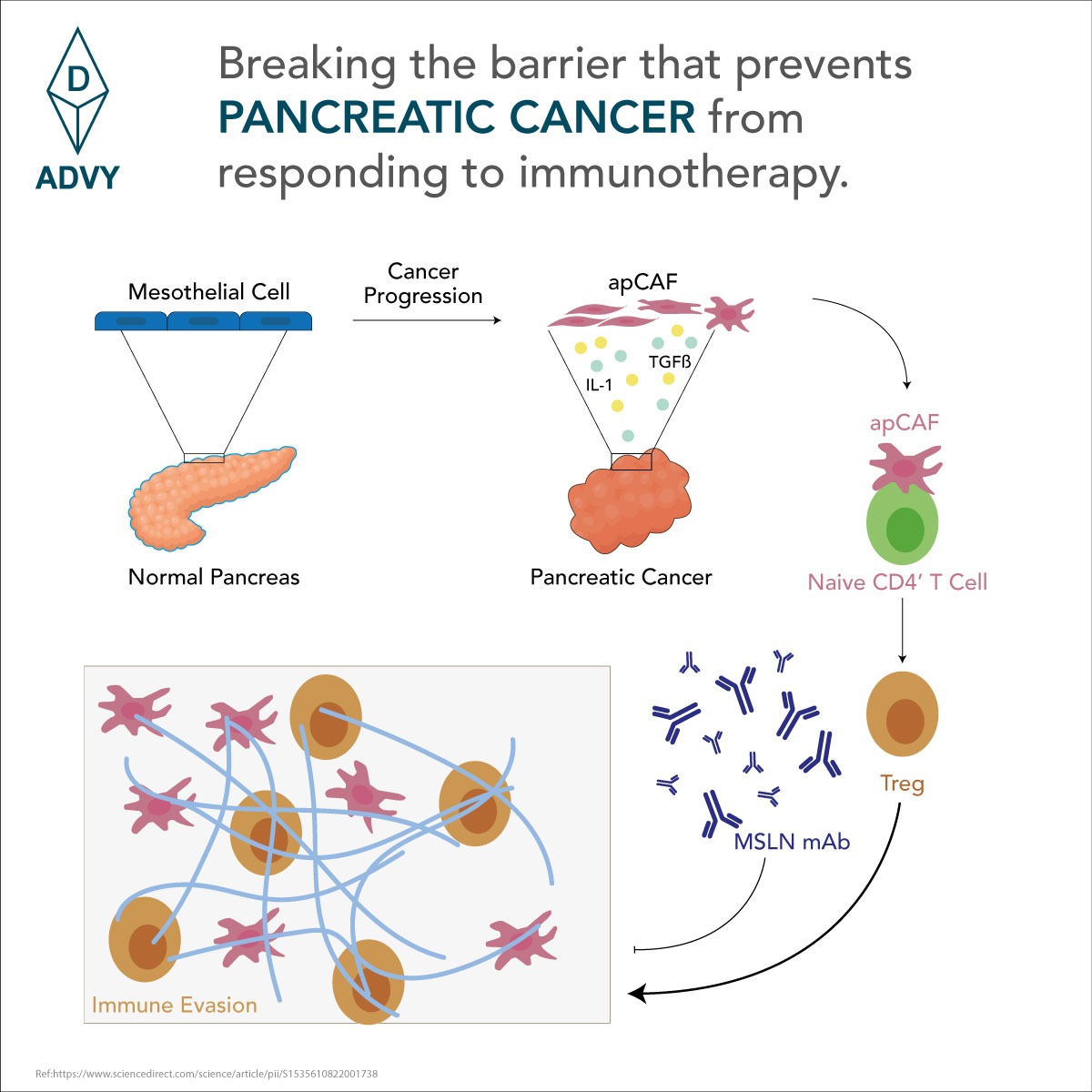Background and aim:
Carmela Sidrauski wasn’t looking for a wonder drug. Testing thousands of molecules during highspeed automated experiments in the lab of Peter Walter at the University of California, San Francisco, she plucked one of the compounds out of the rejected column and moved it into the group that warranted further study. Something about its potency intrigued her.
That was in 2010; today the list of potential therapeutic applications for that molecule sounds almost too good to be true. Since Sidrauski’s decision to look closer, the molecule has restored memory formation in mice months after traumatic brain injuries and shown potential in treating neurodegenerative diseases, including Alzheimer’s, Parkinson’s, and Lou Gehrig’s disease (also known as amyotrophic lateral sclerosis, or ALS). Oh, yeah—it also seems to reduce age-related cognitive decline and has imbued healthy animals—mice, at least—with an almost photographic memory.

Sidrauski believes the reason the molecule can do so much is that it plays an essential role in how the brain handles stress from physical injuries or neurological diseases. Under siege from such problems, the brain, in essence, shuts down cognitive functions like memory formation to protect itself. The new molecule reverses that. “We didn’t set out to find this—we just kind of bumped into it,” Sidrauski says. “But having a new way to modulate a pathway that could be central to a lot of different pathological states is very exciting.”
Will it work to reverse cognitive decline in people? We still don’t know. So far most of the work has been done in mice or human cells in a petri dish. But we will soon know more: in 2015 the molecule was licensed by Calico Labs, the Silicon Valley biotech established by the founders of Google to find drugs based on the biology of aging. It hired Sidrauski as a principal investigator to help transform her molecule into a treatment for a wide array of disorders, including ALS and Parkinson’s disease, as well as the damage from traumatic brain injury. In February, Calico announced that human safety trials had begun on the first drug candidate for neurodegenerative diseases it had developed based on the molecule and that a study in ALS patients was slated to begin later this year. Other possible drugs for Parkinson’s disease and traumatic brain injury are likely to follow.
Such drugs might still be a long shot (most candidates in early clinical trials fail), but early successes, coupled with research done by Walter and others around the globe in recent years, have added weight to an electrifying hypothesis: that crippling cognitive problems seen in victims of traumatic brain injuries, people with Alzheimer’s, and even those born with the genetic problems implicated in Down syndrome are not caused directly by the diseases or genes or trauma but by the way cells respond to the resulting stress.





